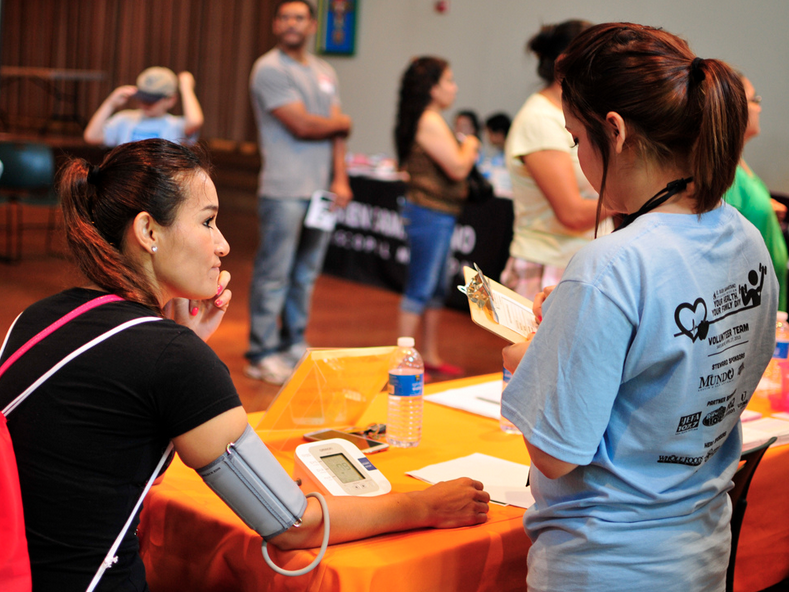
The rate of adults without health insurance across the U.S. dropped nearly twice as much as in Texas from 2013 to 2015, according to a new research report released by EHF and Rice University’s Baker Institute for Public Policy.
The report found that since enrollment began in the Affordable Care Act (ACA) in September 2013, the adult uninsured rate in the U.S. fell by 41 percent. Researchers found Texas’ uninsured rate dropped just 21 percent during the same time.
“The good news is that Texans, like all Americans, saw meaningful drops in the rates of uninsured since the ACA began,” said Elena Marks, EHF’s president and CEO and a nonresident health policy fellow at the Baker Institute. “However, Texas still has the most uninsured adults in the nation, and Texans with the lowest incomes continue to get health insurance coverage at a rate far below anyone else.”
Click here to read the full report
The report found the uninsured rate among low-income adults in Texas dropped 15 percent – the smallest decline of any group in the state. Nearly 50 percent of Texans with household incomes below $27,000 a year remain uninsured. Federal subsidies aimed at helping people purchase ACA Marketplace health-insurance plans are not available to these low-income Texans.
“The ACA’s plan for covering the poorest Americans was through Medicaid expansion,” said Vivian Ho, the chair in health economics at Rice’s Baker Institute and director of the institute’s Center for Health and Biosciences, a professor of economics at Rice and a professor of medicine at Baylor College of Medicine. “Because Texas opted not to expand Medicaid, around 1 million Texans are in a coverage gap without access to affordable health insurance. Unless the state expands Medicaid or comes up with an alternative system of coverage for those with lowest incomes, they will remain uninsured.”
From 2013 to 2015, researchers found the uninsured rate of all adults across Texas dropped from 24 percent to 19 percent. Each demographic population group experienced improvement in health-insurance coverage.
“This is still an important development for Texas,” Marks said. “The state has had a stubbornly high rate of uninsured residents for many years. Hispanics in Texas had the highest uninsured rate in Texas, but Hispanics are now also seeing the greatest gains in health-insurance coverage.”
The report found the rate of uninsured Hispanics decreased from 39 percent in 2013 to 29 percent in 2015. The large decrease among Hispanics was slightly more than blacks, and almost twice as much as whites in Texas.
Nationwide, adults experienced a larger decrease in the percentage of uninsured than Texas, especially among those with the lowest incomes. The uninsured rate of adults with household incomes below $27,000 dropped 41 percent across the U.S., compared with the 15 percent decrease in Texas.
The report is the 16th in a series on the implementation of the ACA in Texas co-authored by Marks and Ho.
The Health Reform Monitoring Survey (HRMS) is a quarterly survey of adults ages 18-64 that began in 2013. This report is a summary of data extracted from the HRMS surveys in Texas administered between September 2013 and September 2015.
The HRMS is designed to provide timely information on implementation issues under the ACA and to document changes in health-insurance coverage and related health outcomes. The Baker Institute and EHF are partnering to fund and report on key factors about Texans obtained from an expanded, representative sample of Texas residents (HRMS-Texas).
The HRMS was developed by the Urban Institute, conducted by GfK and jointly funded by the Robert Wood Johnson Foundation, the Ford Foundation and the Urban Institute. The analyses and conclusions based on HRMS-Texas are those of the authors and do not represent the view of the Urban Institute, the Robert Wood Johnson Foundation or the Ford Foundation.